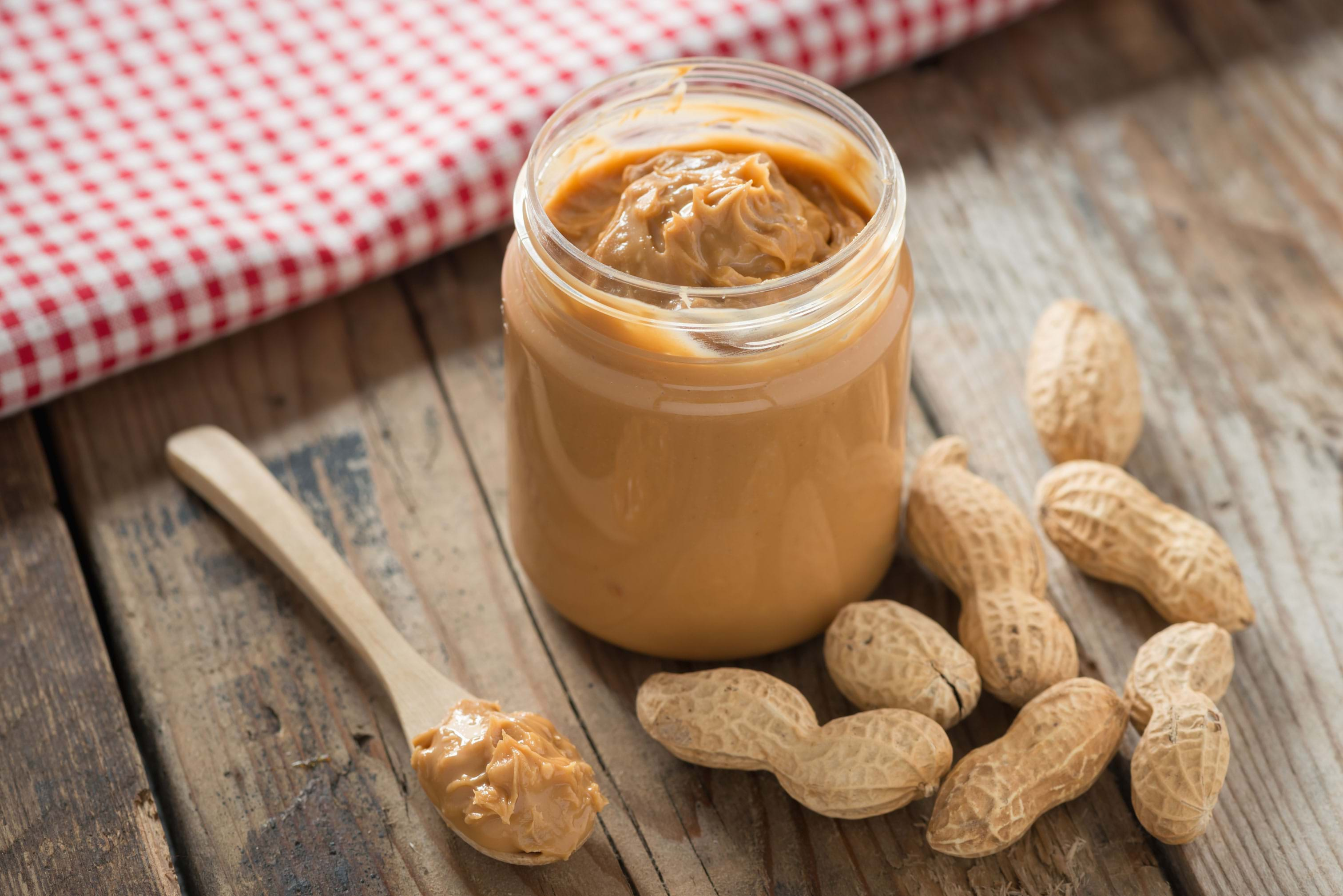
OIT stands for oral immunotherapy, also known as food allergy desensitization. Oral desensitization is a method of re-training the immune system to tolerate the food allergen protein by consuming small, but gradually increased, amounts of the food.
The “allergic antibody,” known as IgE, causes hypersensitivity to a specific food when it is identified in the body. The body gradually increases the amount of a “protective blocking antibody” called IgG4. The increase in the IgG4 blocking antibody eventually leads to a decrease in the “allergic antibody” IgE, which shifts the balance from hypersensitivity to tolerance within the body.
The goal of OIT is to allow people with food allergies to consume the food without the fear of having a reaction, therefore significantly improving the quality of life of not only the individual with the food allergy but also the parents and caretakers.

No. OIT is a form of desensitization allowing individuals to eat the food without causing an allergic reaction. To maintain the desensitization, the food must be eaten on a daily basis even after the desensitization process has been completed. If the individual stops eating the food, the immune system will return to the original allergic state.
Individuals who have experienced an allergic reaction after ingestion of a food AND also have shown evidence of the allergy to that food on skin and/or blood testing. OIT only treats food allergies that are caused by the IgE allergic antibody. Individuals who lack this antibody on a skin or blood allergy test, will not benefit from OIT. It is not effective or intended for the treatment of food intolerances, Celiac disease, Eosinophilic Esophagitis (EoE), or Irritable Bowel Syndrome (IBS).
OIT will only be offered to patients 5 years of age and older.

Very effective. In academic centers where rigid research protocols must be followed due to regulations, the success rate of oral immunotherapy is 80-90%. In contrast, allergists in private practice are able to customize and modify the protocols for each individual based on the sensitivity level of the allergy and the progress during the treatment. As a result, the success rate in private practices is 95-100%. Treatment failures in private practices are typically due to lack of patient compliance.
There are approximately 20-25 biweekly (every 2 week) appointments in the office. The exact duration will vary person to person depending on adjustments in dosage that may be necessary if there are reactions. The ability to individualize the protocol allows for maximization of safety, comfort and convenience. There will be an initial consultation visit to discuss the OIT protocol in more detail and answer any questions. The 1st treatment visit is called the Initial Dose Escalation Day (IDED). The IDED will be done to determine the initial home dose. We will carefully feed the patient a very small amount of the food allergen and observe for any reaction. The amount of food allergen given will approximately double every 20 to 30 minutes up to a maximum tolerated dose. This dose varies depending on the type of food allergen. For example, with peanut allergen we will start with 0.01 mg peanut protein (in a solution form) given by mouth with a maximum dose goal of 3 mg of peanut protein by the end of the visit. Once the maximum tolerated dose is given, there will be a 1 to 2 hour observation period and if there are no reactions, the patient will be sent home. This visit will last 4 to 6 hours, or longer, if there are any reactions. The 2nd visit is the day after the IDED. On this day the candidate will receive the maximum tolerated dose from the previous day and observed for 1.5 to 2 hours. If there are no reactions, the patient will be sent home.
After the 2nd visit, the maximum tolerated dose will be taken at home daily for 2 weeks. The patient will then return to our office every 2 weeks to increase the dose of daily protein. Each dose escalation visit will last 1.5 to 2 hours. The initial doses will be given in a solution form, but there is a point in time that the home dosage will be given as the actual food (i.e. peanut or peanut butter). Our protocol is designed to reach a maintenance dose of 2 grams of nut protein (i.e., 8 peanuts) and 8 grams of milk protein (240 ml or 8 oz. of milk). For each individual food allergen, it will take 40-50 weeks (or possibly longer, depending on the individual’s progress) to reach this dose. Therefore, for an individual with multiple food allergies (i.e. peanut and tree nuts), it will take considerably longer to reach maintenance dose to all the food allergens.

After reaching the maintenance dose, the follow-up visits will be less frequent. (every 3 months) The patient will continue to consume the protein on a DAILY basis unless otherwise instructed by our staff. Follow-up visits will include repeat skin and blood testing. There may also be an oral food challenge visit when a higher dosage of protein will be given (up to 4 to 5 grams total).
Studies show that most patients will exhibit symptoms at some point during the OIT process. Reactions more commonly occur during the dose escalation phase, although they can occur at any time during therapy. The majority of reactions are treated successfully with an antihistamine only. The most common reactions include an itchy mouth and mild abdominal pain and/or vomiting. A recent chart review of oral immunotherapy, with peanut conducted in 5 private allergy clinics, reported epinephrine use was uncommon (0.2-0.7 out of 1000 doses1). Although this is reassuring, the patient must always have epinephrine readily accessible and follow the allergic reaction treatment plan.
For the immediate future, yes. However, ongoing studies are addressing safe ways to discontinue the maintenance dose without losing the acquired protection.
Wasserman et al. Oral Immunotherapy for Peanut Allergy: Multipractice Experience with Epinephrine-treated Reactions. J Allergy Clin Immunol 2014;133:91-96
For further detailed information on OIT, please visit www.OIT101.org